Vandal supreme: John Divola puts an artistic spin on structural interventions

Having reached the limits of the social landscape photography he'd been making in the suburbs of the San Fernando Valley – think men, women and children watering their lawns; studies of garage doors; mothers strolling supermarket aisles in their sunglasses – John Divola set out on a quest in the latter part of 1973 to find a space he could truly interact with through his camera.
‘I got very interested in process... in the fact that I'd be moving through an environment and I'd come back with a set of imprints. I was frustrated by the fact that the reading of the [San Fernando Valley works] never allowed for any consideration of the process, and it was more interpreted as commentary on the subjects. It's not about the process of doing,’ says Divola, who became motivated to find a space he could paint silver because he liked the way it registered in black and white photographs. ‘I was looking for a way to interact, but [because] I didn't have a studio at the time and these houses were available, I got more interested in them because they were already imprinted with a history, so I could interact with this index of prior actions.’
What emerged from these adventures was Divola's breakthrough Vandalism series, which featured painted silver ovals, circles and dots that represented ‘the last thing you'd want to photograph if you were an art photographer photographing a painting because you'd want super flat lighting that would show what is going on in the painting’, explains the LA-born, Riverside-based photographer.
‘I'm interested in the opposite, I'm interested in the eccentricities of the room, the unevenness of the light, so I use a lot of black and silver paint because they're the two things that pick up the ambient circumstances.’
The resulting images function as photographic paintings that merge landscape, graffiti, conceptual art, performance and social anthropology – along with the sculptural, gestural, and colour abstractions of crumbling infrastructures and architectures that retain indexical marks of erosion and destruction – and led to Divola's seminal Zuma series, a breathtaking full-colour study of sunsets framed through the windows of bombed-out beachside shacks in Malibu.
‘Ultimately, I just came to a point of diminishing returns with it,’ admits the artist, who took a break from intervening on spaces between the late 1970s and early 00s to shoot numerous other vandal-free series, such as the four landscapes of Southern California, stereo negatives of song birds, and time-lapsed photos of himself running away from the camera (As Far As I Can Get, one of which will be on display at SF MoMA for the grand re-opening later this month).
In the process of re-scanning those old works for a 2006 Aperture monograph, Divola discovered how much the technology had changed in terms of detail, colour, nuance and scale. ‘The technology evolved to the point where new possibilities opened up and that was the initial impetus to go back to that way of working,’ says Divola. ‘But I'm going about it in a slightly different way.’
As such, he started documenting homes that he vandalised in Moreno Valley, California with an 8 x 10 viewfinder camera. Over the next few years he created the Dark Star series, which feature painted black circles on derelict houses while his Interventions captured various other markings he made on similar spaces.
‘I had done several of those at a house on Theodore Street and I started experimenting with a gigapan camera doing these large temporal digital scans that take about 20 minutes. I'm always interested that there can be some kind of event in those 20 minutes,’ says Divola, who is showing works from all three series for his solo show, ‘Theodore Street Project’, at New York's Maccarone gallery until 23 April.
From an external shot of the outside of the house during a full solar eclipse, to images of the interior rooms with Divola's academic graffiti overlaid with racist slurs from local vandals, to a shot out the back door (Landscape For Antonioni) that features the artist playing dead in the bushes, they all give import to the artist's presence and his want to ‘haunt the space in my own practice’.
In addition to the New York exhibition, Divola is showing works from his Dents and Abrasions series at Santa Monica's Gallery Luisotti (which will also be creating a solo booth from his early Vandalism work at Frieze New York next month) that showcase interventions of a subtler nature. Think an empty closet adorned with two paintings of rabbits made by his daughter when she was seven years old, or a spray-painted black and silver grid that explore Divola's interest in failed optical illusions.
‘I can make a terrible painting,’ he jokes. ‘But I can also take an interesting photograph of a terrible painting.’

The exhibited works build upon Divola's interest in finding spaces that he could truly interact with via his camera. Pictured: March Housing B, 2007
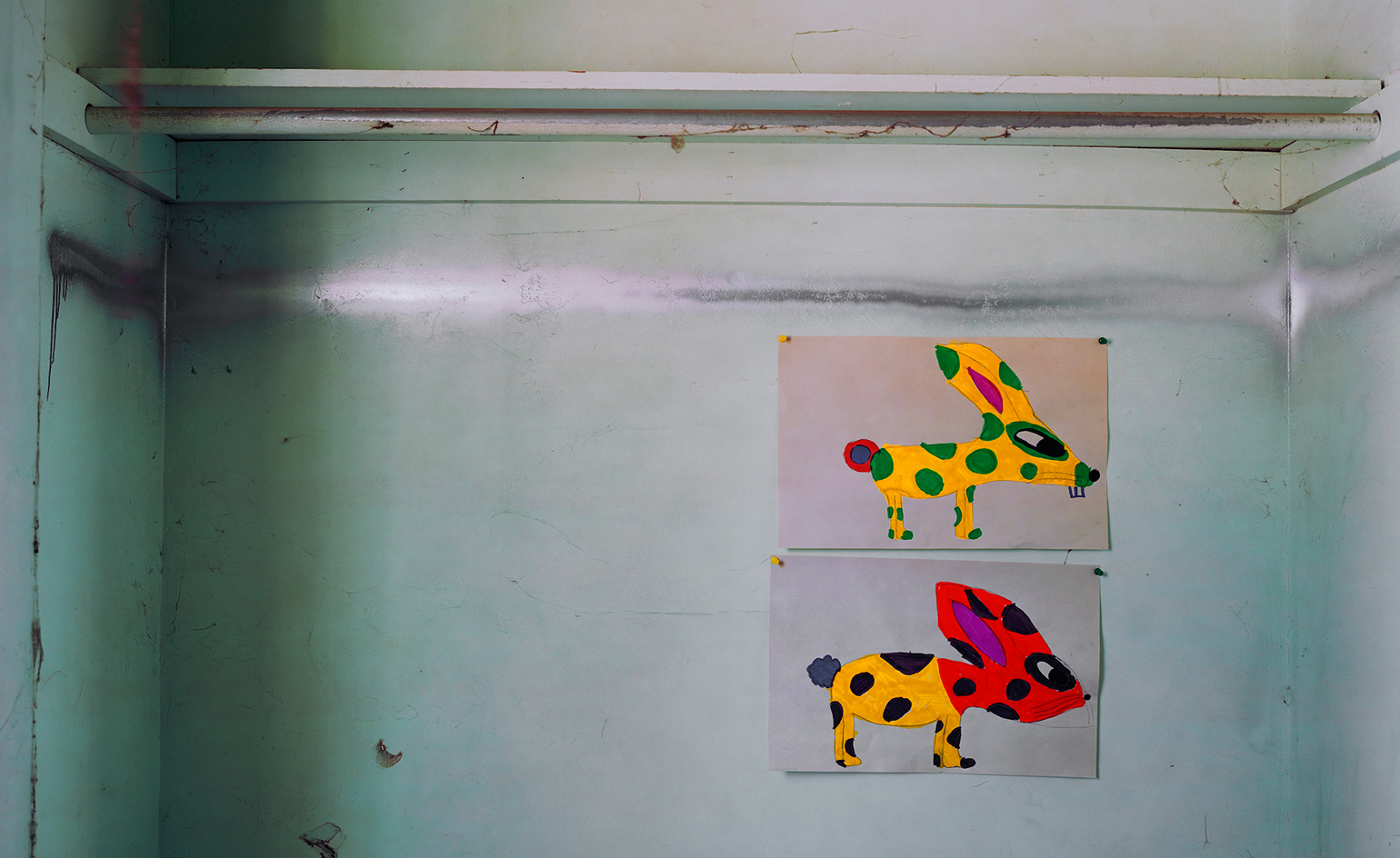
An empty closet adorned with two paintings of rabbits made by his daughter when she was seven explores Divola's interest in failed optical illusions. Pictured: Intervention D, 2007

Over a period of years, with an 8 x 10 viewfinder camera, he started documenting homes that he vandalised in Moreno Valley, California. His Interventions series captures a variety of markings he made on derelict houses. Pictured: Intervention C, 2007
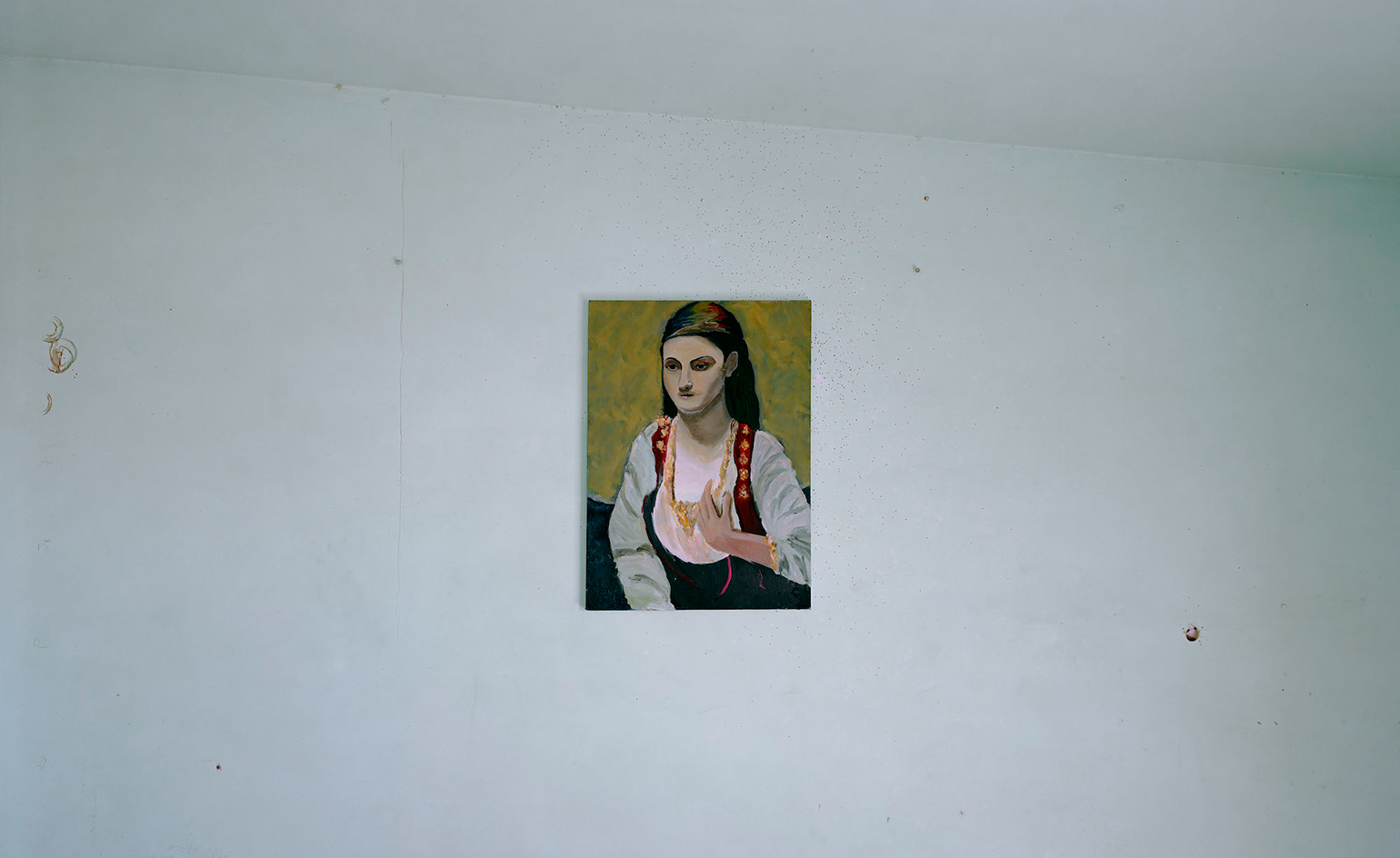
The images function as photographic paintings that merge landscape, graffiti, conceptual art, performance and social anthropology – along with the sculptural, gestural and colour abstractions of crumbling infrastructures and architectures. Pictured: Abandoned Painting A, 2007
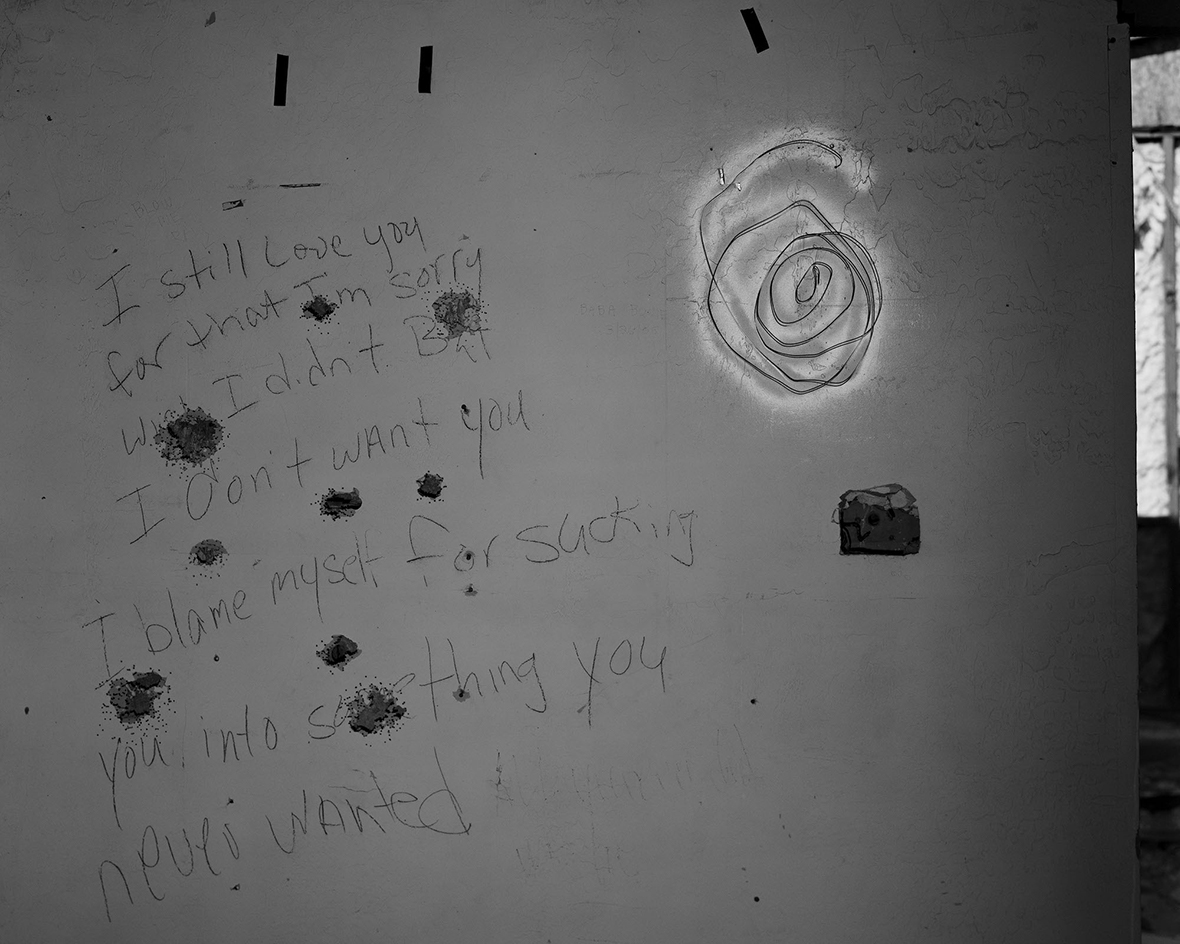
Gallery Luisotti will be creating a solo booth from Divola's early Vandalism work at Frieze New York next month. Pictured: Intervention J, 2008
INFORMATION
‘Theodore Street Project’ is on view until 23 April. For more information, visit the Maccarone website. Dents and Abrasions is on view until 14 May. For more details, visit the Gallery Luisotti website
Photography courtesy of the artist and Gallery Luisotti
ADDRESS
Maccarone
630 Greenwich Street
New York, NY 10014
Gallery Luisotti
at Bergamot Station
2525 Michigan Ave No. A2
Santa Monica, CA 90404
Receive our daily digest of inspiration, escapism and design stories from around the world direct to your inbox.
-
 Rivian hits Miami Art Week to release R1S Quad Miami Edition, a new colour and a scent
Rivian hits Miami Art Week to release R1S Quad Miami Edition, a new colour and a scentVivid sights and evocative smells are part of Rivian’s quest to humanise its all-electric SUVs
-
 Katie Stout installs a stone menagerie across Miami's Design District
Katie Stout installs a stone menagerie across Miami's Design DistrictHorses, frogs and even a mermaid have taken over the avenues of Miami Design District. Discover ‘Gargantua’s Thumb’, a collection of stone seating by designer Katie Stout
-
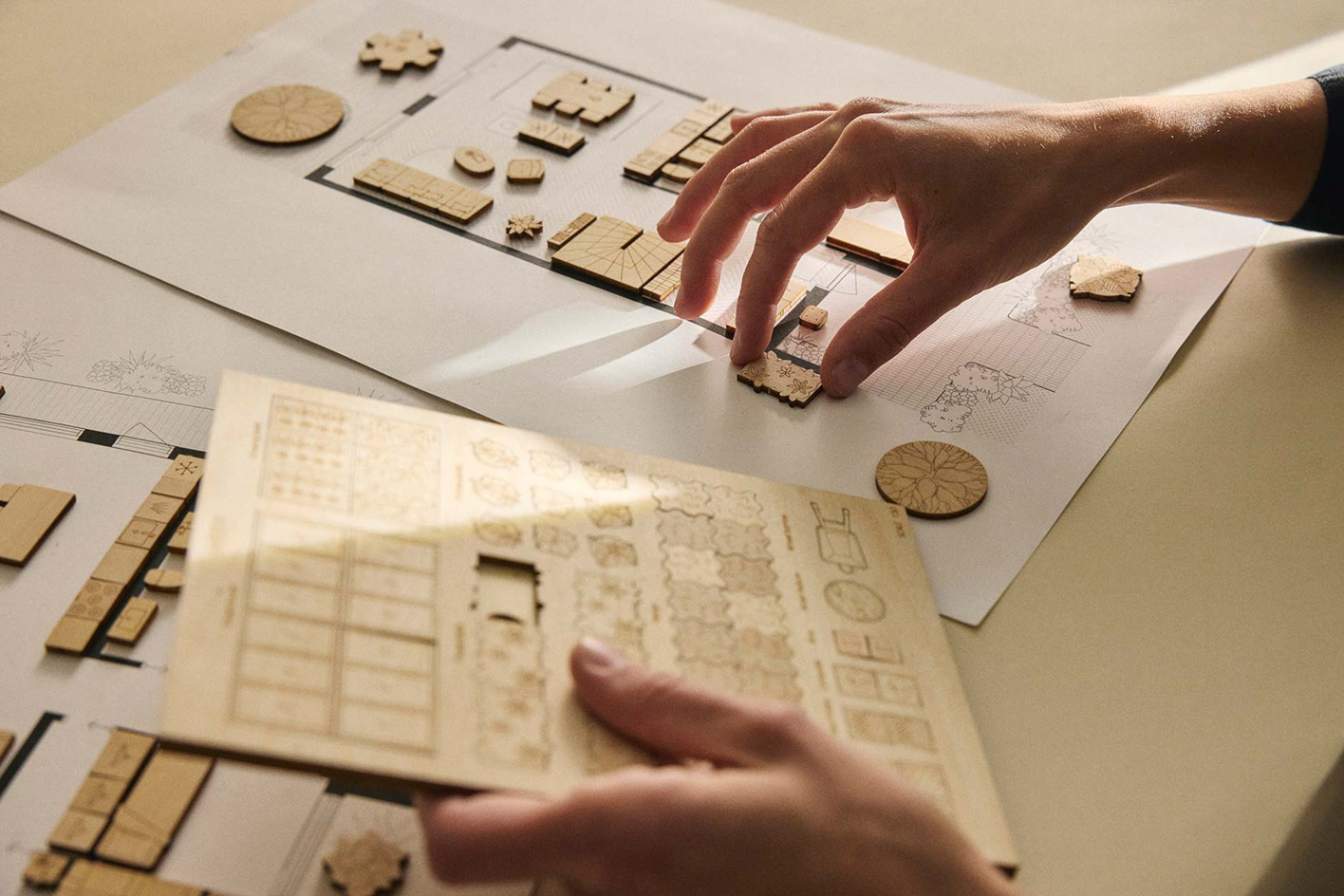 An analogue room planner kit makes designing your dream home a doddle
An analogue room planner kit makes designing your dream home a doddlePlanora, a new room planner option conceived by a team of three Swedish architects, is a beautifully produced, analogue tool to help conceptualise your new space
-
 Nadia Lee Cohen distils a distant American memory into an unflinching new photo book
Nadia Lee Cohen distils a distant American memory into an unflinching new photo book‘Holy Ohio’ documents the British photographer and filmmaker’s personal journey as she reconnects with distant family and her earliest American memories
-
 Ed Ruscha’s foray into chocolate is sweet, smart and very American
Ed Ruscha’s foray into chocolate is sweet, smart and very AmericanArt and chocolate combine deliciously in ‘Made in California’, a project from the artist with andSons Chocolatiers
-
 Jamel Shabazz’s photographs are a love letter to Prospect Park
Jamel Shabazz’s photographs are a love letter to Prospect ParkIn a new book, ‘Prospect Park: Photographs of a Brooklyn Oasis, 1980 to 2025’, Jamel Shabazz discovers a warmer side of human nature
-
 The Hammer Museum in Los Angeles launches the seventh iteration of its highly anticipated artist biennial
The Hammer Museum in Los Angeles launches the seventh iteration of its highly anticipated artist biennialOne of the gallery's flagship exhibitions, Made in LA showcases the breadth and depth of the city's contemporary art scene
-
 Thomas Prior’s photography captures the uncanny fragility of American life
Thomas Prior’s photography captures the uncanny fragility of American lifeA new book unites two decades of the photographer’s piercing, uneasy work
-
 Central Park’s revitalised Delacorte Theater gears up for a new future
Central Park’s revitalised Delacorte Theater gears up for a new futureEnnead Architects helmed an ambitious renovation process that has given the New York City cultural landmark a vibrant and more accessible future
-
 Stephen Prina borrows from pop, classical and modern music: now MoMA pays tribute to his performance work
Stephen Prina borrows from pop, classical and modern music: now MoMA pays tribute to his performance work‘Stephen Prina: A Lick and a Promise’ recalls the artist, musician, and composer’s performances, and is presented throughout MoMA. Prina tells us more
-
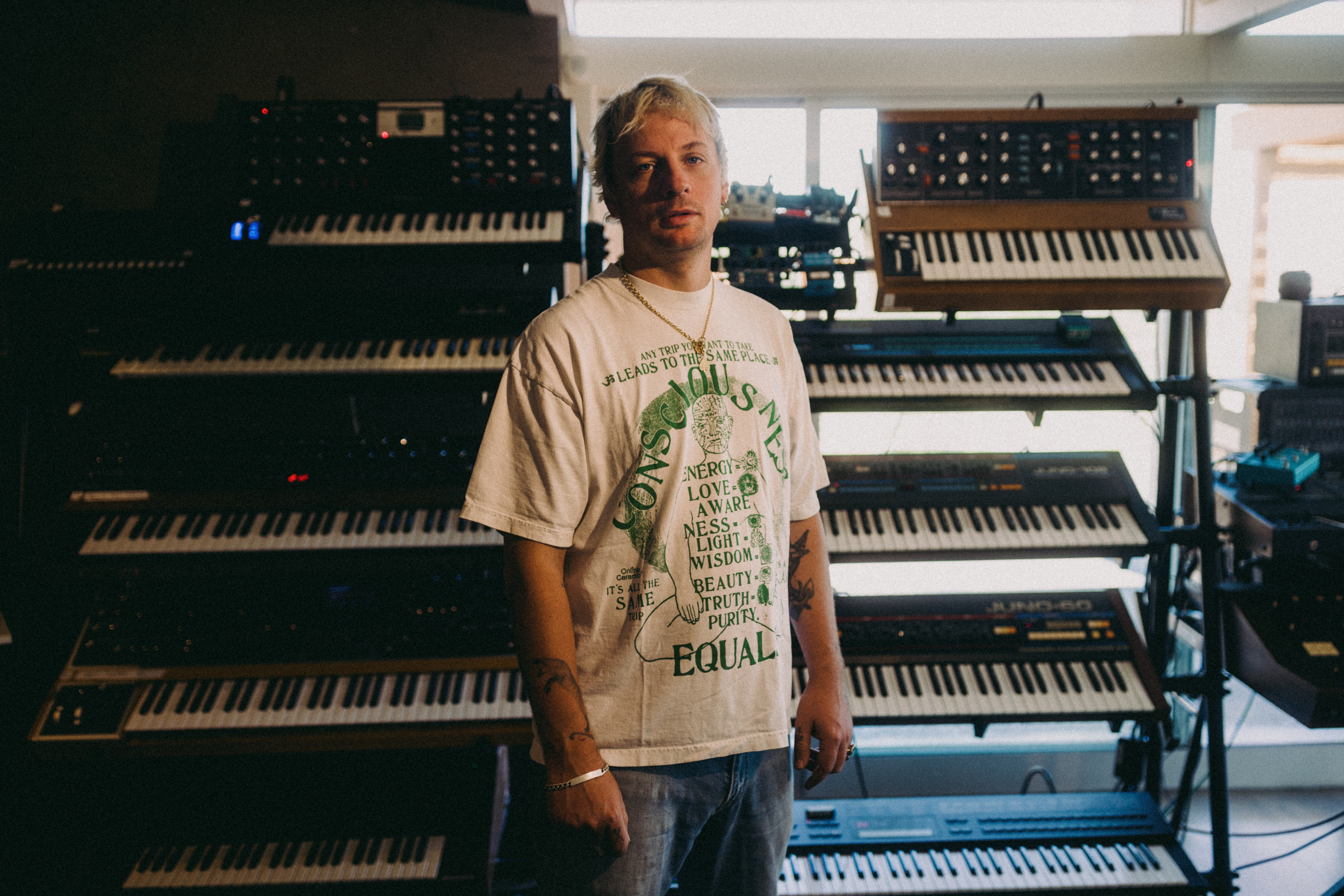 Curtains up, Kid Harpoon rethinks the sound of Broadway production ‘Art’
Curtains up, Kid Harpoon rethinks the sound of Broadway production ‘Art’He’s crafted hits with Harry Styles and Miley Cyrus; now songwriter and producer Kid Harpoon (aka Tom Hull) tells us about composing the music for the new, all-star Broadway revival of Yasmina Reza’s play ‘Art’